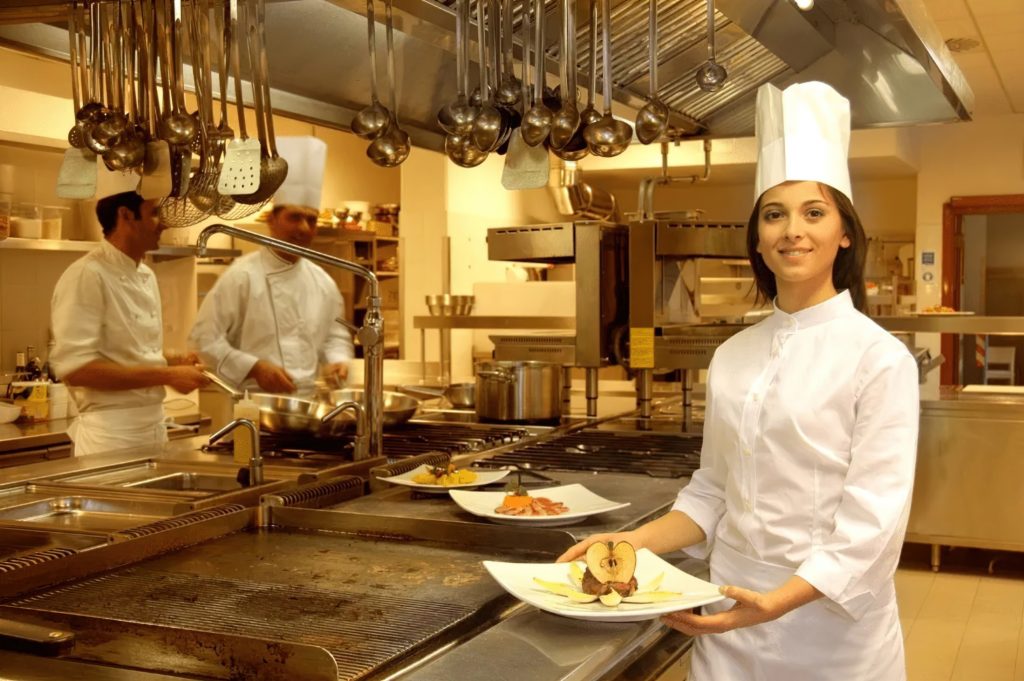Exploring the Rich Gastronomy of Endangered Cultures
In the wide expanse of our global culinary landscape, there are flavors and traditions that teeter on the brink of oblivion. These are the tastes of the world’s most endangered cultures, a diverse tapestry of gastronomic heritage that deserves our attention and appreciation.
Uncovering Hidden Culinary Gems
Many of these endangered cultures are linked to indigenous tribes or small communities in remote locations. For instance, the Ainu people of Japan have a unique food culture centered around hunting, gathering, and fishing. From wild vegetables to venison, their cuisine is a reflection of the deep respect they have for the natural environment.
Meanwhile, the Sami people, who span across Norway, Sweden, Finland, and Russia, have a diet that relies heavily on reindeer. Whether it’s smoked reindeer heart or Suovas, a traditional Sami dish of smoked reindeer meat, their cuisine is a testament to their resilience and adaptability in the harsh Arctic conditions.
Preserving Age-Old Techniques and Traditions
These endangered cultures are custodians of age-old culinary techniques and traditions that are not found elsewhere. The Toda tribe from the Nilgiri mountains in India, for example, has unique dairy-based cuisine. They ferment buttermilk to create a cheese-like food, a practice that’s been a part of their culture for centuries.
Similarly, the Quechua people of Peru have a tradition of Pachamanca, a cooking method where food is cooked underground with hot stones. This method, used during celebrations, results in a feast of tender meat and vegetables, symbolizing harmony with the Earth.
A Call to Safeguard Culinary Heritage
As we embark on this culinary journey, we must remember the importance of safeguarding these culinary heritages. They offer us not just a taste of different cultures, but a window into diverse ways of life. From the Ainu’s sustainable practices to the Quechua’s ritualistic cooking methods, there’s much we can learn and incorporate in our own kitchens.
Cuisine as a Symbol of Cultural Identity
Food is a significant part of our cultural identity. It reflects our history, our values, and our way of life. In the case of the Chukchi people, a Siberian indigenous group, their cuisine is closely tied to their nomadic lifestyle and harsh climate. Their diet mainly consists of marine animals and reindeer, often consumed raw or frozen due to limited cooking options in the cold Arctic environment.
Similarly, the Aboriginal tribes of Australia have a deep connection with their land, which is reflected in their food traditions. Known as “bush tucker,” their diet consists of native plants and animals like kangaroo, emu, and witchetty grubs. These food sources are not just a means of sustenance, but also play a vital role in their spiritual beliefs and community rituals.
Reviving and Celebrating Endangered Food Cultures
The modern gastronomic scene has started to recognize and celebrate these endangered food cultures. Chefs and food enthusiasts worldwide are studying these unique cuisines, incorporating traditional ingredients and techniques into their dishes. This fusion of old and new not only creates a unique dining experience but also helps in preserving these cultural heritages.
For instance, in Australia, there’s a growing movement to include bush tucker in contemporary Australian cuisine. Similarly, in Japan, efforts are being made to promote Ainu cuisine, with restaurants serving traditional Ainu dishes to both locals and tourists.
Our Role in Preserving Culinary Heritage
As we delve deeper into these unique culinary worlds, it becomes clear that each of us has a role to play in preserving these endangered food cultures. By learning about these cuisines, trying these dishes, and spreading awareness, we can contribute to the survival of these rich gastronomic traditions.
Let’s remember that each dish, each ingredient, and each cooking method tells a story – a story of survival, adaptation, and a deep-rooted connection with nature and community. As we savor the flavors of these endangered cuisines, we’re not just enjoying a meal; we’re partaking in a global effort to preserve our shared culinary heritage.

